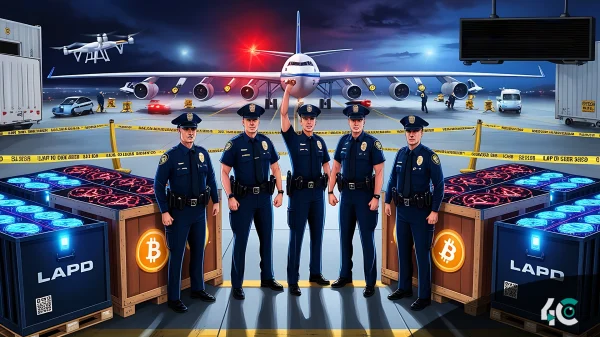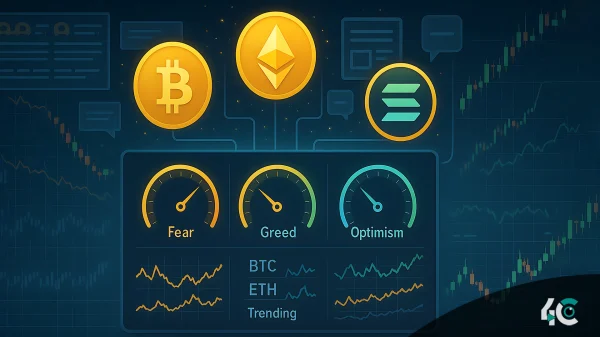Meta just released an exciting new technology called Hyperscape that is meant to improve telepresence and change the way people work from home. This new method takes the idea of putting together photos to make 3D environments, like YouTube’s 360-degree movies, and turns it into a process that works in real time.
At Meta’s “Connect” event on September 25, CEO Mark Zuckerberg talked about the company’s plans for the metaverse and showed off the new “Orion” smart glasses with a heads-up display. These glasses make it possible for people to see digital information while still being able to see the real world. Many people were interested in the Orion glasses, but those who are interested in virtual reality and Web3 have been interested in the Hyperscape display.
Hyperscape, which is still in the testing phase, lets people use their smartphones to take pictures of their surroundings, which are then turned into a fully walkable digital world in real time. When someone tried out the Hyperscape demo with Meta’s Quest 3 virtual reality gear, they said it reminded them of the Star Trek show “Holodeck.” The demo can only be seen by the public in a few pre-rendered areas that were made with this technology.
In later versions of Hyperscape, any scene that can be seen could be rendered in real time. With this new technology, people in virtual meetings might be able to interact with people who are actually there, making the experience more real. A decentralized version of Hyperscape could let people in different places check out their surroundings in real time, making it more fun and social than standard video ways that are pre-recorded.
With the rise of non-fungible coins and digital assets becoming more common, the metaverse was made possible. But for Web3 to be widely used, there may need to be a link between it and the real world that goes beyond just cash rewards.
































